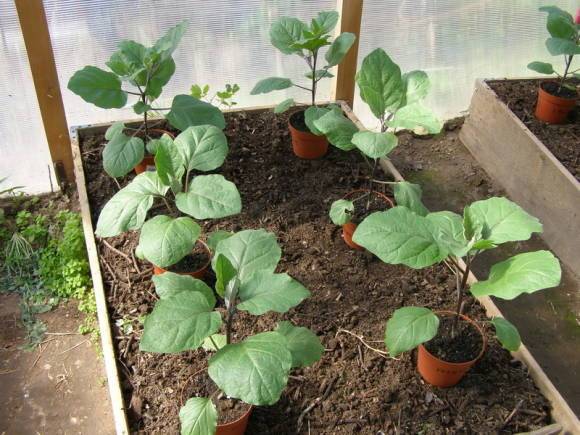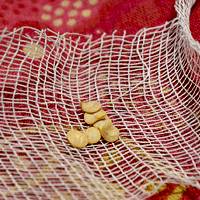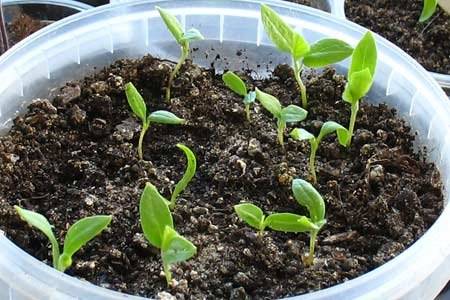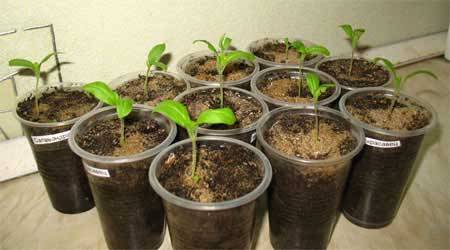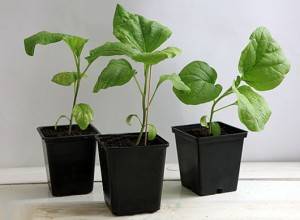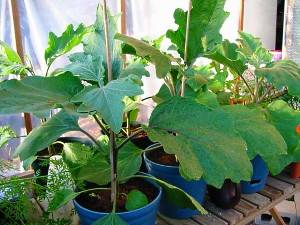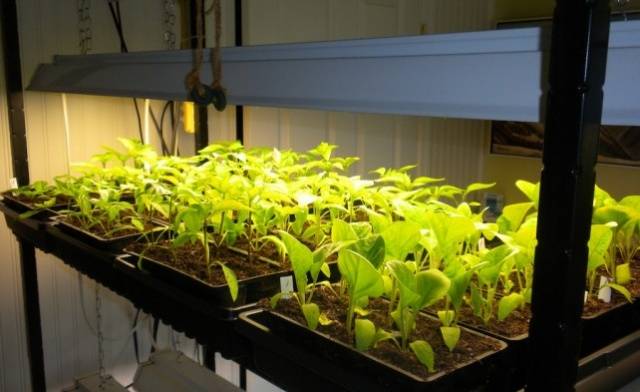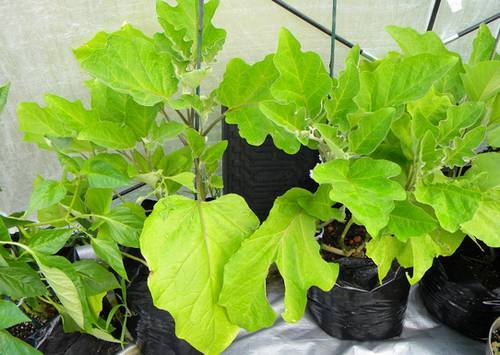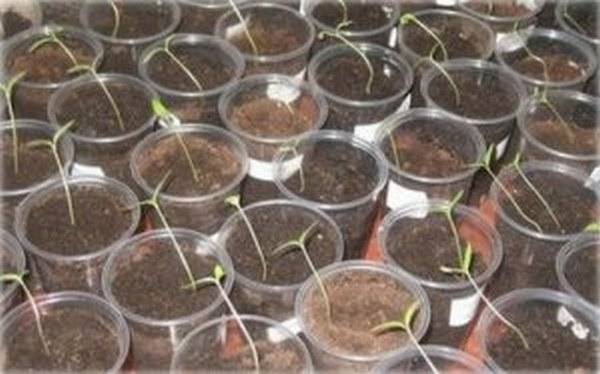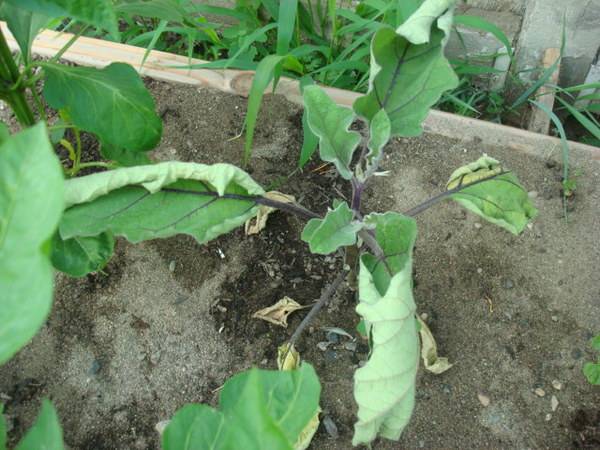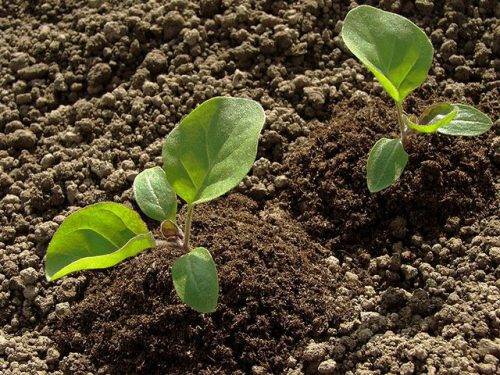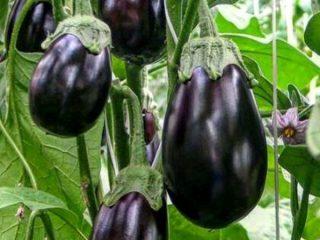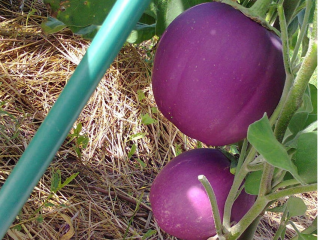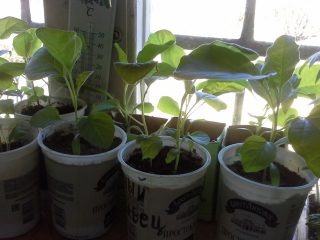The work of the domestic farmer begins in early spring. During this period, you should purchase the necessary planting material, prepare the soil and containers, and sow the seeds of heat-loving crops for seedlings. Tomatoes, cucumbers, peppers, eggplants - often this “vegetable mix” can be seen on apartment windowsills. In anticipation of the first results of their labors, gardeners daily observe the appearance of new sprouts and the growth of seedlings. But what a shame it can be if growing seedlings does not give the expected result. So, eggplant is a particularly capricious vegetable. It is demanding of moisture, heat and sunlight. And what should you do if the eggplant seedlings have stretched out, their leaves have begun to turn yellow, or their growth has slowed down? What do such deviations indicate, and what measures need to be taken? How to properly grow eggplant seedlings? The answers to these and some other questions related to growing eggplant seedlings are given below in the article.
How to sow seeds
In order to understand when to sow eggplant seeds for seedlings, you need to know the ripening period of the fruits of the selected variety.Thus, early ripening eggplants, the ripening period of which is 60-80 days, can be sown for seedlings at the end of April. Mid-early varieties, with a fruit ripening period of 90-120 days, need to be sown for seedlings approximately 1-1.5 months earlier than early ripening ones. Varieties whose fruits ripen only after 130-150 days are sown as seedlings in late February - early March.
Seed preparation
Before you begin directly sowing seeds for seedlings, you need to prepare the grains in a certain way. Thus, possible pest larvae and pathogenic bacteria can be removed from the surface of the seed by soaking it in a concentrated solution of potassium permanganate. Such disinfection should last at least 30 minutes, after which the seeds should be washed with warm running water.
Soaking eggplant seeds in a nutrient solution allows you to grow strong, healthy seedlings. A nutrient medium for seeds can be obtained by adding 1 teaspoon of nitrophoska to a liter of warm water. The seeds should be soaked in this solution for 24 hours. The measure is advisory, but is widely used by professional farmers.
You can speed up the process of growing seedlings by germinating the seed. To do this, the grains are placed in a moist, warm environment. As a rule, they are rolled into cotton cloth moistened with water and placed in a warm place (+25-+300WITH). In such a microclimate, the seeds should hatch within a week. This measure is not only an “accelerator” of growth, but also a detector of seed germination.
Selection of containers and soil preparation
After processing and germination of eggplant seeds, you can proceed directly to sowing. It is better to sow eggplant seedlings with 1-2 seeds in each separate pot. It is preferable to use containers made of peat (cups, tablets). This will allow the future seedlings to be planted in the ground without removing them from the pot and without damaging the root system. A good alternative to peat containers are plastic cups and plastic bags, from which you can easily remove plants. Mass sowing of eggplant seeds in one large container is also possible, but in this case, when two leaves appear, the plants will still have to be transplanted into isolated containers.
The best soil for growing eggplant seedlings is a mixture of turf (garden) soil with peat and sand. The ratio of components should correspond to the proportion 7:2:1. Experienced gardeners prepare such soil in the fall and store it in plastic bags. However, before sowing the seed for seedlings, the soil must be disinfected by spilling with a weak solution of potassium permanganate. It is worth noting that, if necessary, ready-made soil compositions for growing eggplants can be found in specialized stores.
To sow eggplant seeds for seedlings, you need to fill the containers with prepared soil, then immerse 1-2 seeds there to a depth of 0.5-1 cm, lightly filling the hole and watering the soil. Trays with seedlings should be covered with plastic wrap or protective glass, and then the crops should be placed in a warm place. As soon as the eggplant seeds begin to hatch through the ground, the crops must be placed in a warm, well-lit place.
Optimal growing conditions
Every farmer who wants to grow a good harvest of eggplants must know the optimal conditions for this crop.
Temperature
The best temperature for eggplant growth, ovary formation and fruiting is within +25 -+300C. At temperatures from +15 to +250As the growth of young plants slows down, for adult bushes this temperature regime is the norm. Temperature below +150C does not allow eggplants to grow at all and causes flowers and ovaries to fall off. Even the shortest, minor frosts are absolutely destructive for the crop.
Only some specialized varieties of eggplant are suitable for open ground, which are able to fully grow at consistently low temperatures.
Humidity
The soil humidity in which eggplants grow should be 80%. It is difficult to determine this parameter “by eye”, so soil moisture must be regularly monitored and not allowed to dry out completely. Watering seedlings indoors should be done approximately once a week. If necessary, in the intervals between waterings, you can spray the soil with warm water from a spray bottle.
At the stage of ovary formation, flowering and fruiting, eggplant especially needs moisture. During this period, plants need to be watered once every 4-5 days or more often depending on weather conditions.However, you should be especially careful at the stage of growing seedlings, since moisture is well retained in a closed container and in excess can lead to rotting of the roots. To avoid this situation, containers must have drainage holes.
Air humidity also plays a big role in growing eggplant seedlings. The optimal value for this parameter is 60%. If there is a lack of moisture, you can spray the leaves of the seedlings or place an open source of moisture, for example, a saucer of water, next to the crops. Dealing with excess humidity is quite difficult, but the easiest way is to place cups filled with salt near the plants.
Light mode
The duration of daylight for favorable growth of eggplant seedlings should be 12 hours, which does not correspond to the duration of the natural photoperiod. That is why eggplant seedlings should be illuminated with fluorescent fluorescent lamps.
Creating optimal conditions for growing seedlings is an important step towards obtaining a good harvest of tasty eggplants.
Possible problems
Having discussed the rules for sowing seeds and the optimal conditions for further growing eggplant seedlings, it’s time to familiarize yourself with possible problems and find out ways to solve them, so that at any time, if you notice deviations in the development of seedlings, you can take appropriate measures.
The leaves are turning yellow
Many farmers are faced with the fact that the lower leaves of eggplant seedlings begin to turn yellow and may fall off completely. Such changes are often a sign of a lack of moisture or nitrogen.Drying and yellowing of eggplant leaves around the edges indicates a lack of calcium. You can restore the microelement composition of the soil and stop the withering of plants by applying fertilizers.
Yellowing of leaves can also be a manifestation of stress after planting seedlings in the ground. That is why, a few weeks before planting, young plants need to begin to be hardened off by taking them outside.
Seedlings are stretched out
The reason for seedlings to stretch is often a lack of light. Eggplants growing on a windowsill usually turn their leaves towards the window. Competing with each other, the plants begin to stretch out and produce abundant foliage on only one side. To prevent this situation, it is necessary to additionally evenly illuminate the seedlings. Reflective materials, such as foil or mirrors, also help restore light balance. They are installed around the perimeter of the surface on which containers with seedlings are located. In addition, do not forget that containers with seedlings need to be rotated periodically.
Another reason why eggplant seedlings can stretch is the increased acidity of the soil. This figure can be reduced by adding wood ash to the soil: 1 teaspoon per 3 sprouts.
You can learn more about the problem of pulling eggplant seedlings by watching the video:
The trunk becomes woody
The eggplant trunk should not become woody prematurely, as this can lead to underdevelopment of the plant and reduced yield.However, with a lack of moisture, such symptoms can be observed even in small booths. The anomaly can be prevented by selecting the optimal irrigation regime.
The leaves are curling
Eggplant leaves may begin to curl, becoming misshapen and wilting. These symptoms can occur for three reasons:
- exposure to harmful microorganisms, which is, in principle, more typical for adult eggplants that have already been planted in the ground;
- increased soil acidity;
- excess moisture.
It is worth noting that excess moisture is a common cause of such leaf defects, since containers with seedlings often do not have the necessary drainage system (drainage holes).
Slow growth
Eggplant seedlings slow down their growth after transplants. A short-term growth retardation is observed after an intermediate transplant of eggplant seedlings from a common tray into separate containers and after planting the plants into the ground to a permanent growing location. Depending on how carefully the procedure was carried out, growth retardation may be 2-3 days or several weeks. If the root is damaged, eggplant seedlings may even die.
Lack of minerals in the soil is also a cause of slow growth. The balance can be restored by adding fertilizers to the soil.
Diseases
If you follow the rules for preparing and sowing seeds and creating optimal conditions for eggplant growth, the likelihood of seedlings being infected is minimal. However, in some cases you may encounter ailments such as late blight, tobacco mosaic, and gray rot.All these diseases are provoked by pathogenic bacteria and appear on eggplant leaves. To treat plants, it is advisable to use chemicals to treat the seedling itself and the soil in which it grows.
Conclusion
A farmer who cares for his plants every day will definitely notice negative changes. By identifying the symptoms at an early stage, it is easy to eliminate the disease before serious damage to the eggplant as a whole occurs. So, the video shows examples of common eggplant diseases and methods of combating them:
Of course, eggplant is a very whimsical and demanding crop. Having decided to grow it, the farmer must be patient and knowledgeable. After all, only by knowing and following the rules and features of growing seedlings, devoting some time to plants and expending your energy, will you be able to grow healthy and strong seedlings that are resistant to diseases, pests and bad weather. In response to care and patience, the eggplant will definitely reward you with an abundant harvest of healthy vegetables.
